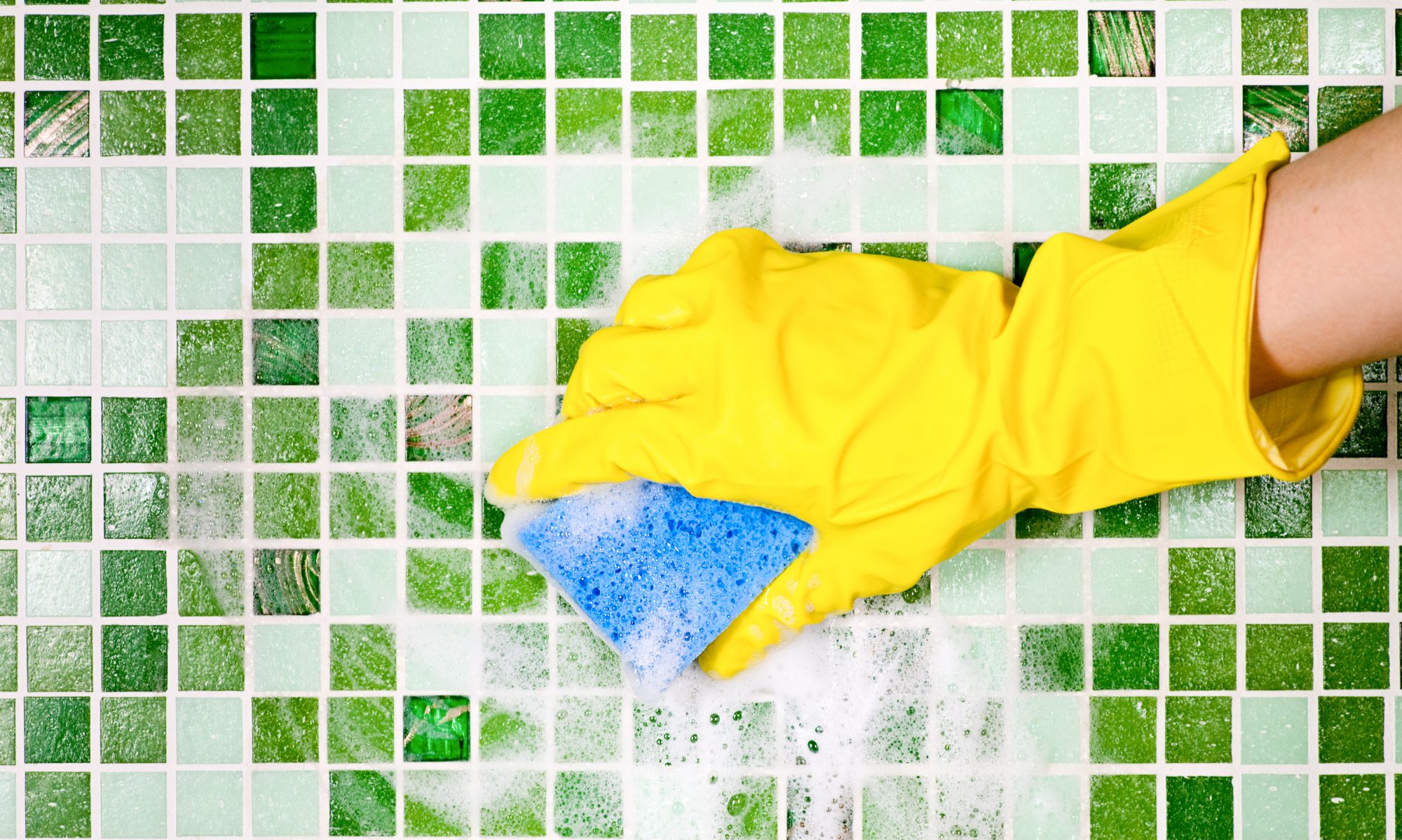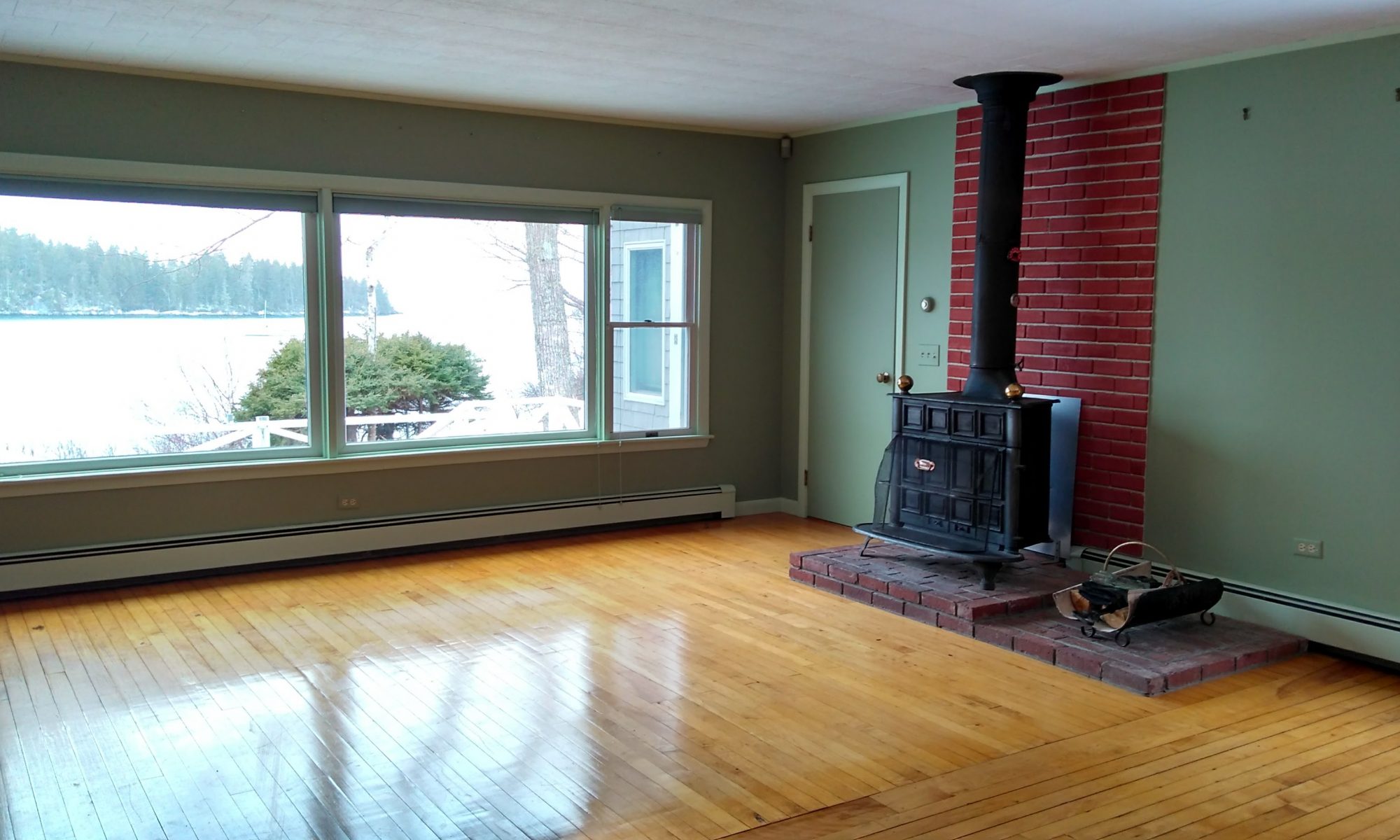I recently joined a housekeeping group on Facebook. I see this question a lot, “How do I clean wooden floors?”. Wooden floors can be a stunning feature in your home. But not all wooden floors are created the same, so they shouldn’t be cleaned the same way.
I know we’re just getting started but to know how to clean your floors, you must look to the finish.
Is there a glossy varnish finish to your floors? Most true hardwood floors do have a finish of some kind. The higher gloss finishes protect the wood from water and dirt, so in fact you are not cleaning a wooden surface at all, but a varnish surface. Some older floors may have a worn finish and some floors exposed grain. I don’t recommend washing exposed grain as water lifts the grain, so I usually recommend to the home owner that we apply an oil stain to retain the natural features and protect the floor. When it comes to hardwood floors, they usually fall into one of these categories:
- High gloss finish – wash with a gentle white vinegar with a drop of dish soap and water solution using a dry mop system and a misting squirt bottle.
- Thin varnish, not exposed grain but not a glassy hard finish either – I alternate between using a light Murphy’s solution and using vinegar floor cleaner described above, always a dry mop system. This way the grains get a little love but the oils don’t build up on the varnish either.
- Rustic exposed grain floors – are probably best just swept or vacuumed. Go with the grain our you’ll just push dust in the cracks and features of the wood.
Of course, there are other materials that look like wood but aren’t such as laminates and other engineered products. We’ve been mixing our own floor cleaner that works great on most floors. We make a hydrosol from pine and cedar, add some soapberry extract and Bam! clean with no streaks. It’s our version of Pinesol but made in small batches in our kitchen in Maine. So far I love this; hydrosols have the same properties as their heavier cousin, essential oils, but are easier to work with. I’ve also make an almond oil/orange cleaner that I love on grainy wood. You can make this at home, but don’t skip the emulsifying step or it comes out like a glob.
Water and oil don’t mix and they certainly don’t mix once they’ve hit your floor!
What is the dry mop system you ask? After sweeping or vacuuming, use a janitorial mop with a flat head and microfiber or cotton cloth mop; use a professional janitor’s squirt bottle to apply cleaner, then mop using wide sweeps to avoid leaving streaks on the floor.

